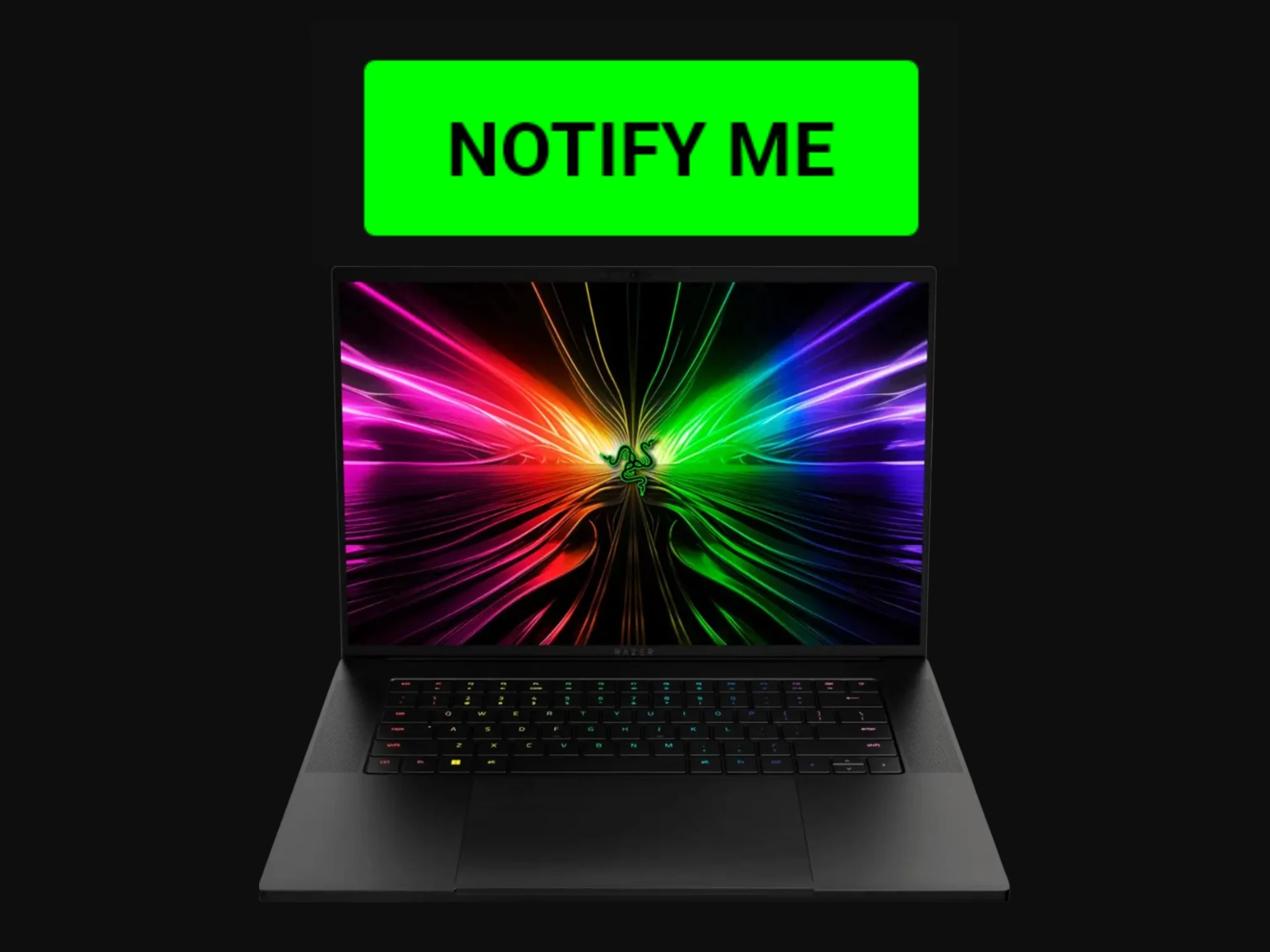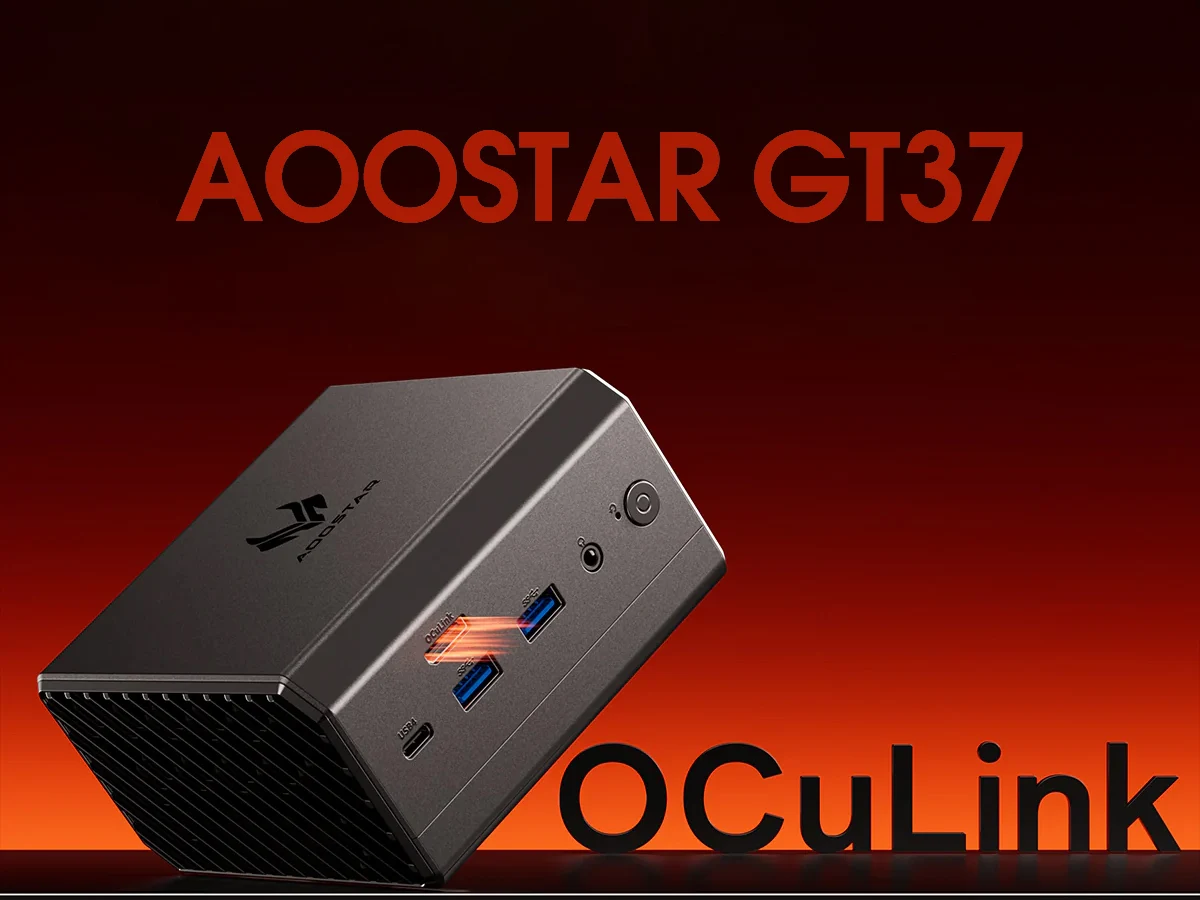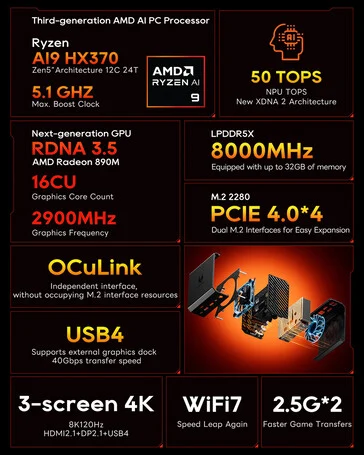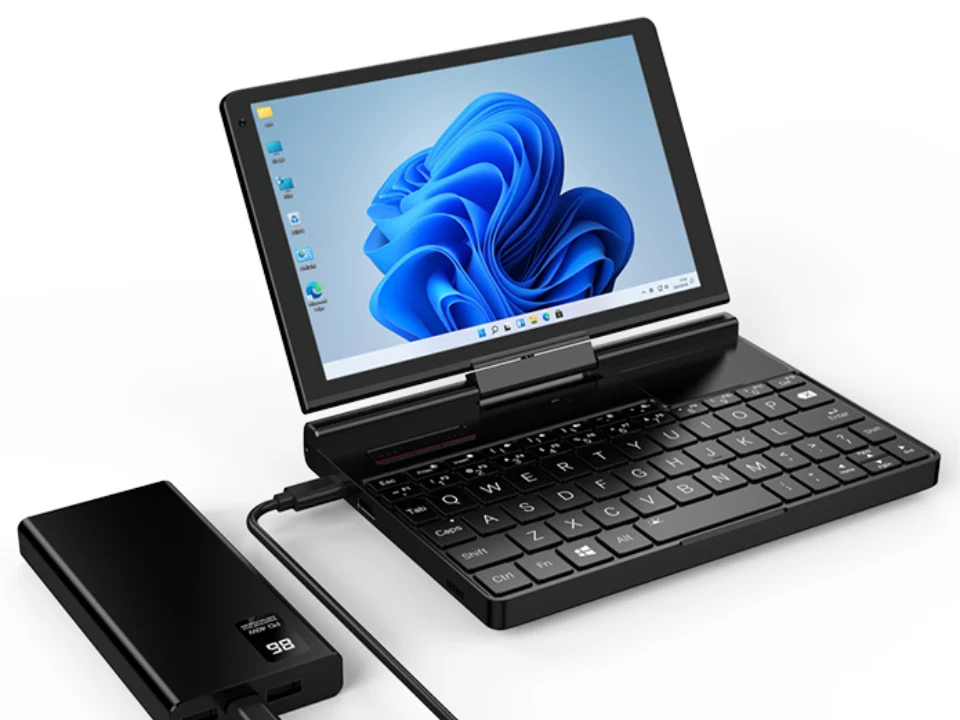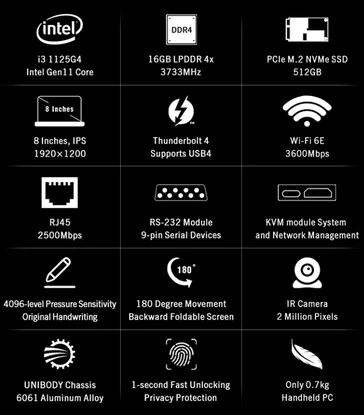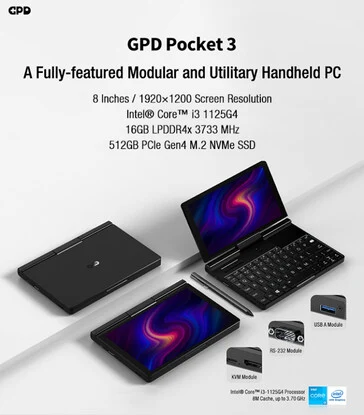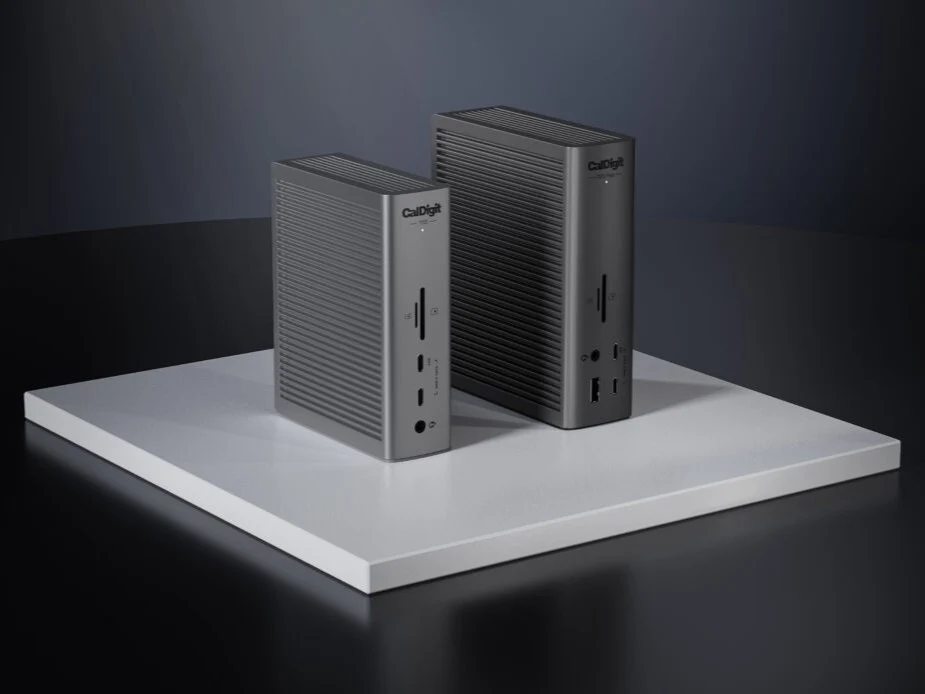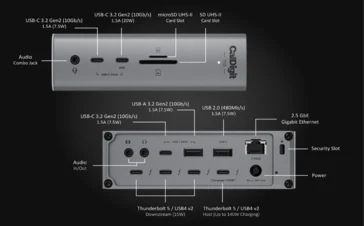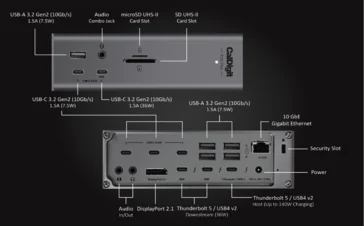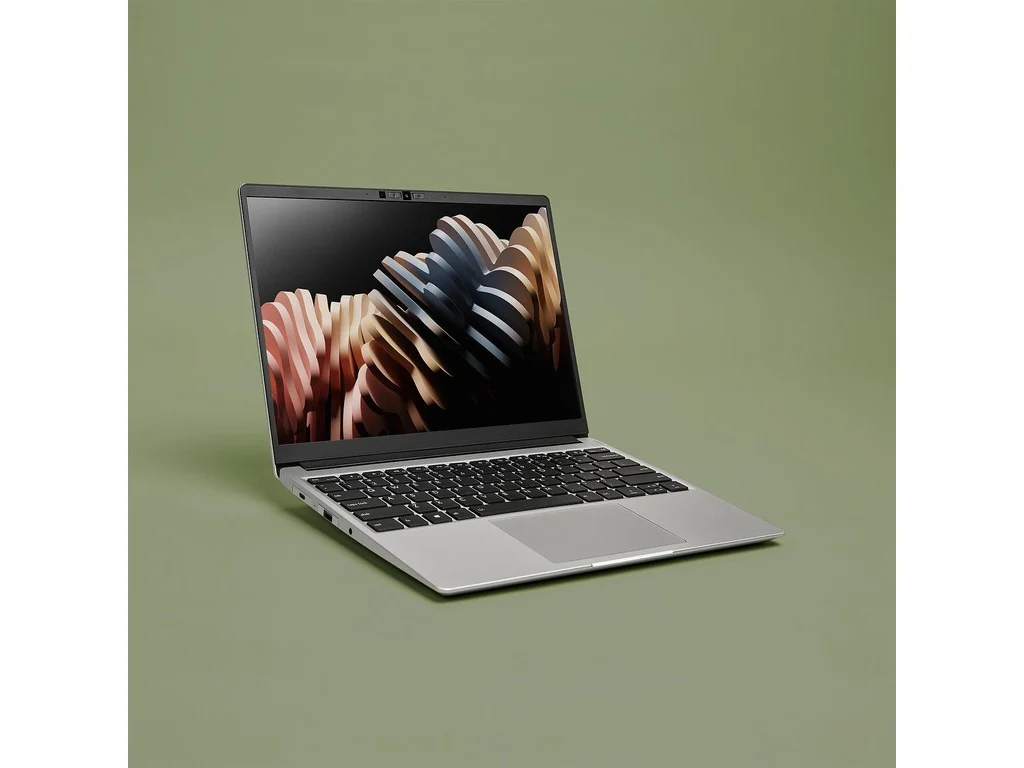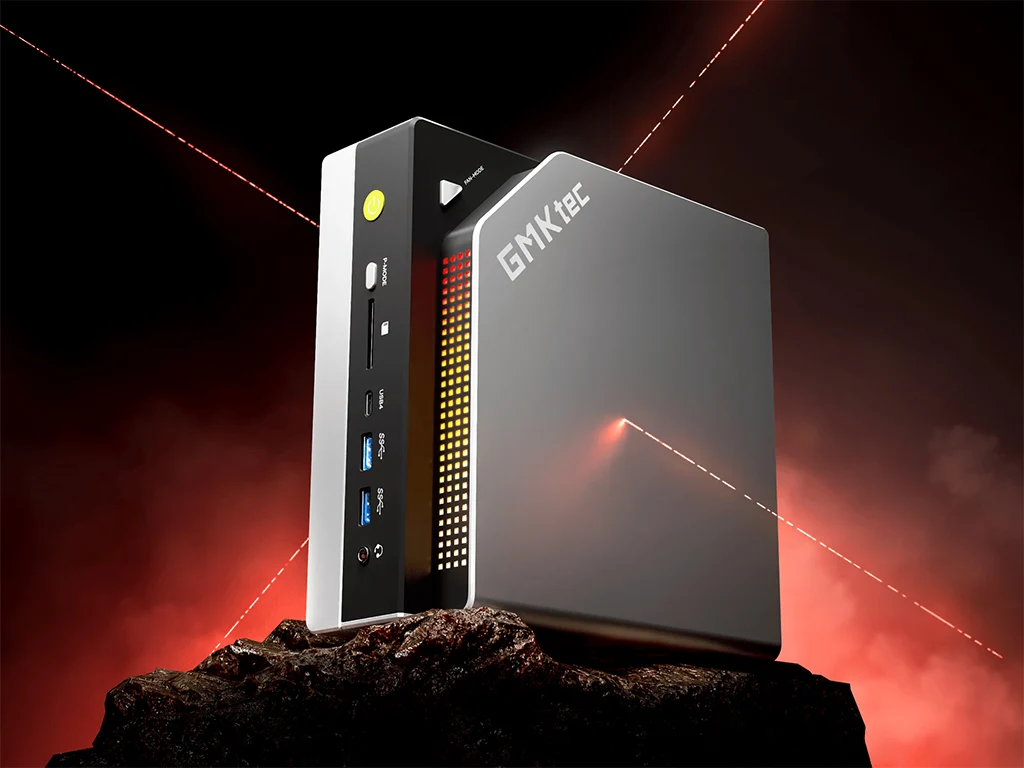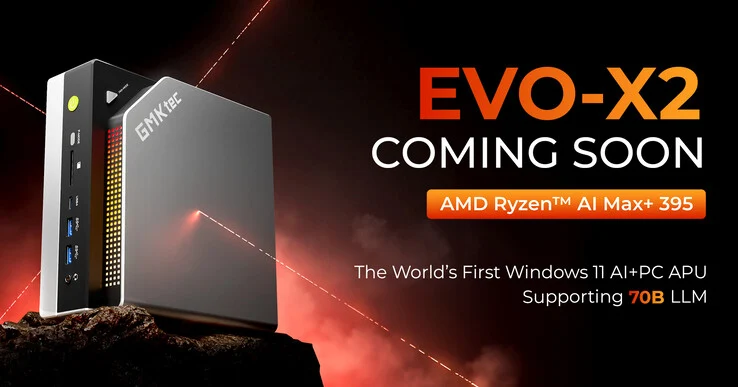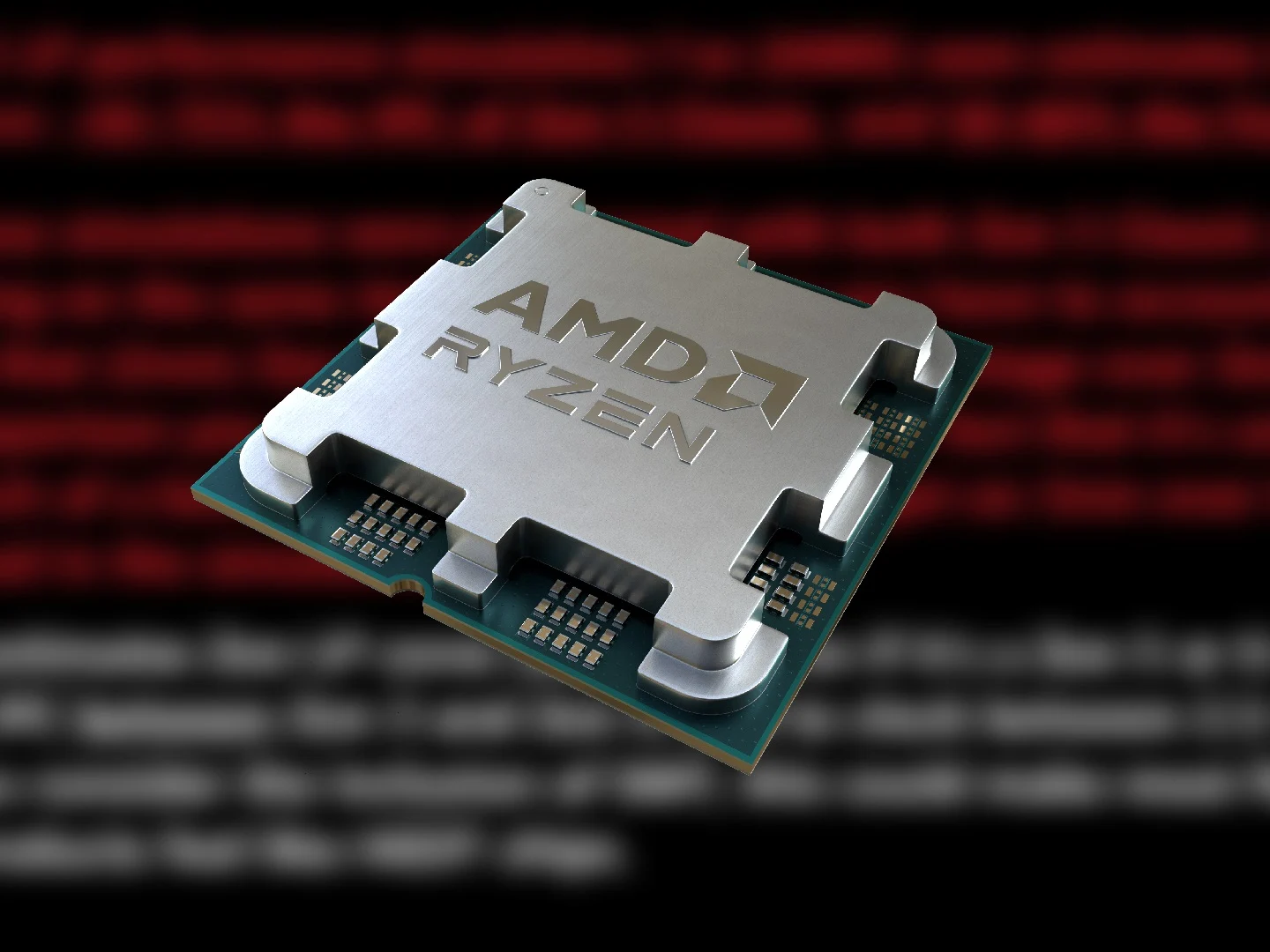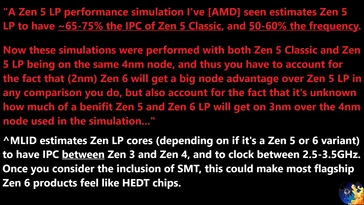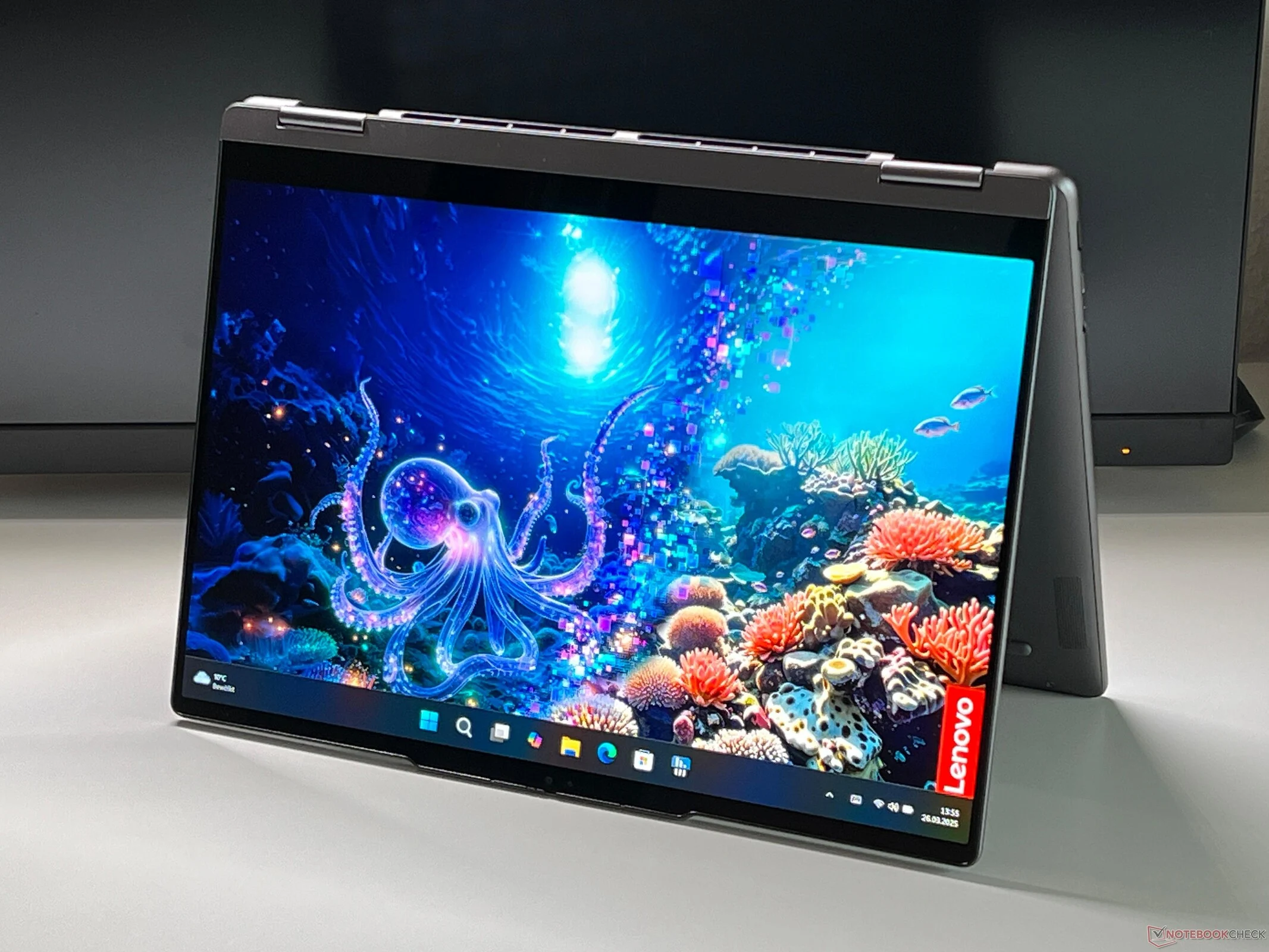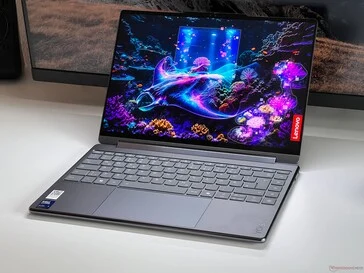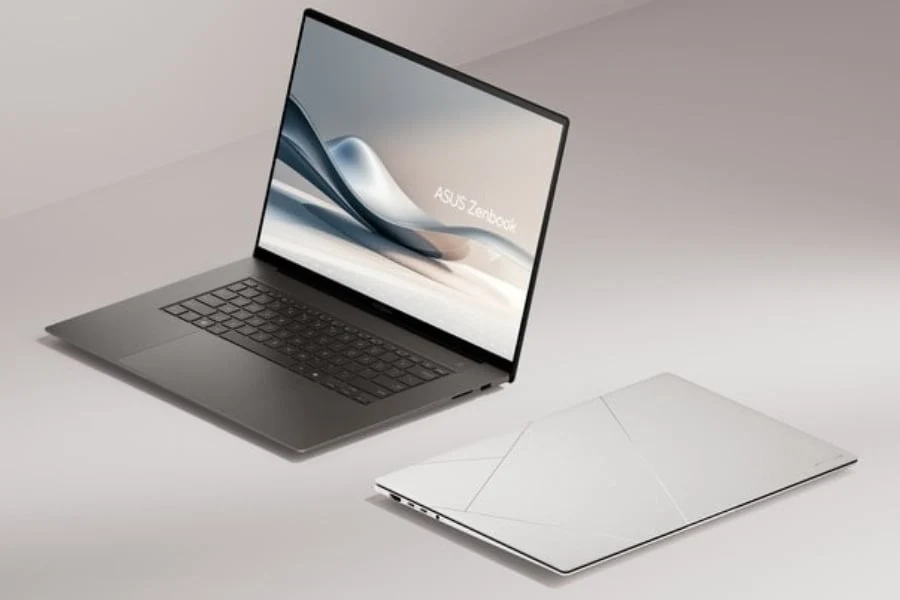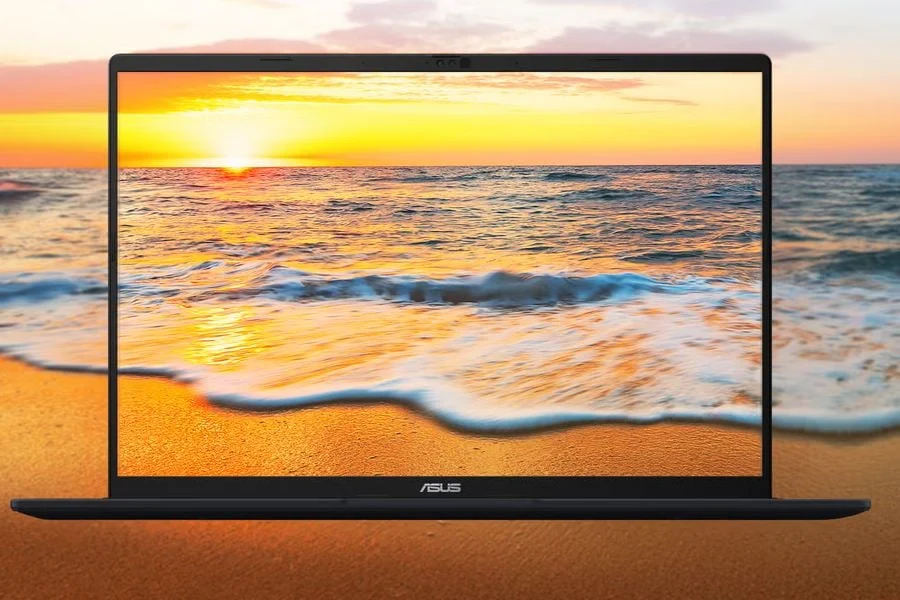Key Takeaways
1. Trump’s new tariffs are impacting the laptop industry, affecting brands like Razer that rely on production in Asian countries.
2. The Razer Blade gaming laptops are currently out of stock in the US, with no updates from Razer on restocking plans.
3. Framework has been more transparent about their response to tariffs, pausing sales of certain models while keeping others available.
4. Manufacturers face tough choices due to tariff impacts, with many pausing sales instead of raising prices.
5. Razer laptops remain available on the Canadian site without price increases, but this situation may change as tariffs continue to affect the global market.
The recent announcement about additional tariffs from Trump is starting to impact the laptop industry more and more. Several brands, including Razer, depend heavily on production in countries like China, Taiwan, or Vietnam. Currently, the popular Razer Blade gaming laptops are out of stock at the US online store. Razer has not commented on the situation, leaving customers curious about their plans regarding tariffs.
Changes Noticed
The Verge was among the first to spot these updates on Razer’s site. Just before the Trump tariffs made news on April 2nd, the Razer Blade 16 was available for purchase. Now, buyers can’t customize it anymore, and other laptop models only show a “Notify Me” option without any information on when they might be back in stock.
Transparent Responses
Framework, another laptop manufacturer, has been more open about how they are dealing with the tariffs. On April 7th, the company from California posted on X that they were stopping sales of several 13-inch models. Nevertheless, some of the more expensive models are still available.
Dilemma for Manufacturers
Even though companies like Framework and Razer have bases in the US, they still depend on manufacturing and parts from Asian countries. Since the Trump tariffs target imports from these regions, these manufacturers are faced with a tough choice. At this moment, many brands are opting to pause sales, hoping that negotiations will help lower the extra costs. The last option would be to increase prices, but most companies are hesitant to take that step.
Interestingly, Razer laptops can still be found on the brand’s Canadian site without increased prices. However, this may change soon. With factories located in China and Vietnam, Nintendo made headlines by delaying the pre-orders for the Switch 2 in the US. Shortly after, they announced the same decision for Canada. Nintendo stated that it was part of a plan to better coordinate the console release. Regardless, the impact of Trump’s tariffs is affecting the global market, putting consumers everywhere at risk.
Source:
Link


